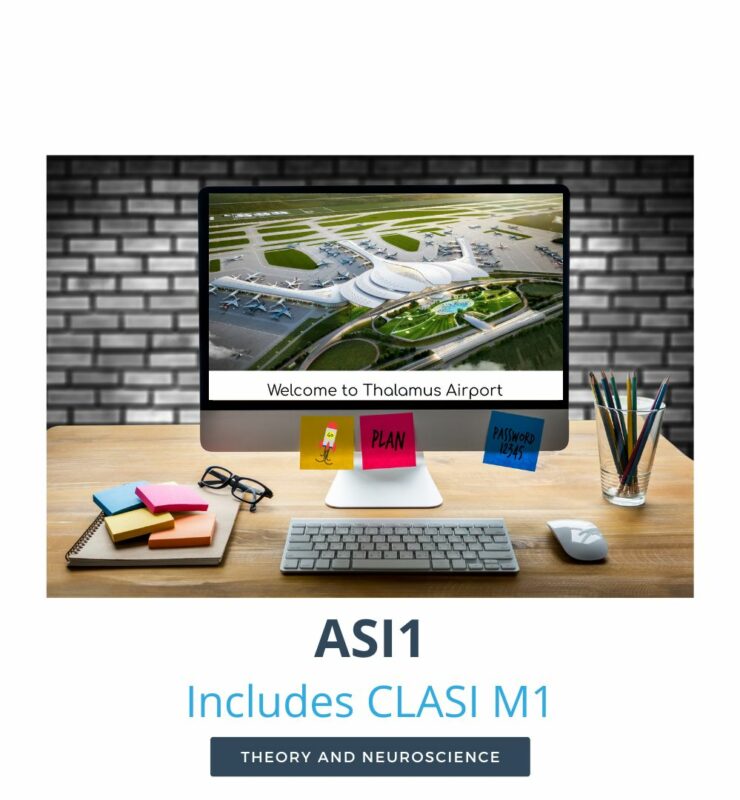ASI1 Ayres’ Sensory Integration Theory & Neuroscience
On the ASI WISE/CLASI Module 1 Live and Interactive* you will explore and learn about the latest advancements in neuroscience that support the application of the theory of sensory integration as an approach to dealing with children, adolescents, adults, and older adults. This module will provide the therapists with a theoretical basis for the application of the theory of sensory integration for clinical practice.
The focus of the first module will be on the theory of sensory integration, the central nervous system, the neuroscience of sensory systems, modulation, praxis, and the principles of evaluation and intervention in sensory integration. This online module provides in-depth lectures accompanied by supplemental videos and assignments to enhance your experience.
£850.00

Courses
ASI1 Theory and Neuroscience
Register your interest and get updates for other webinars into your in-tray.
Book for a group